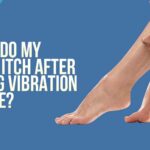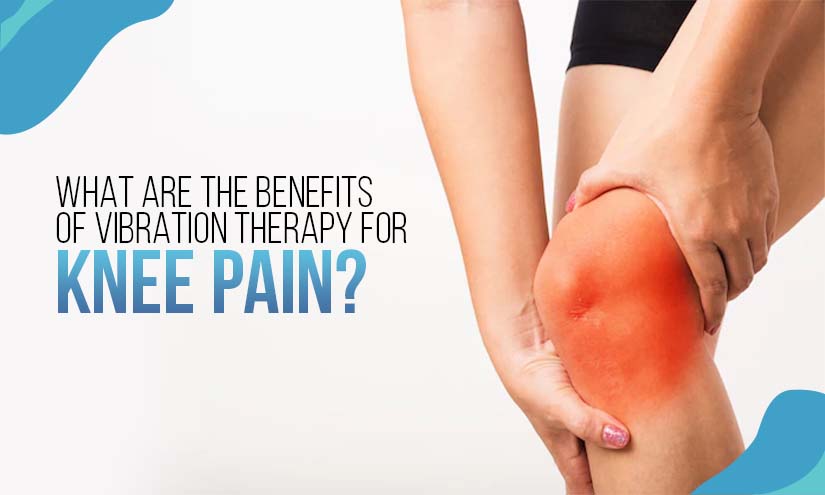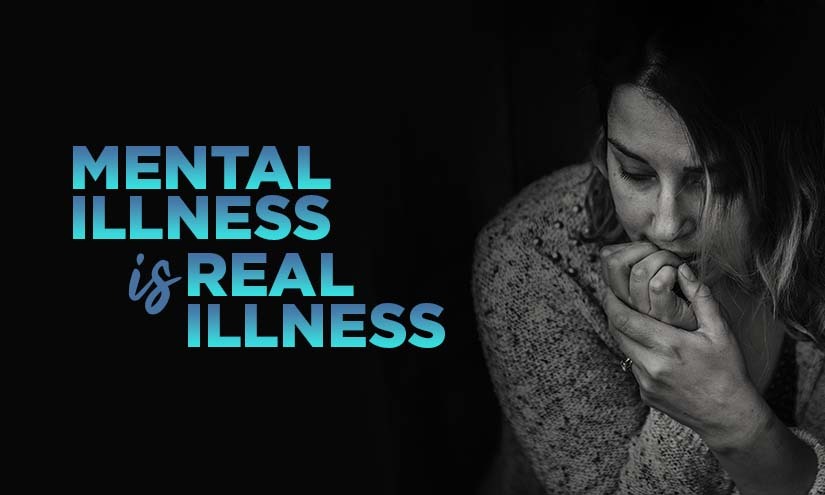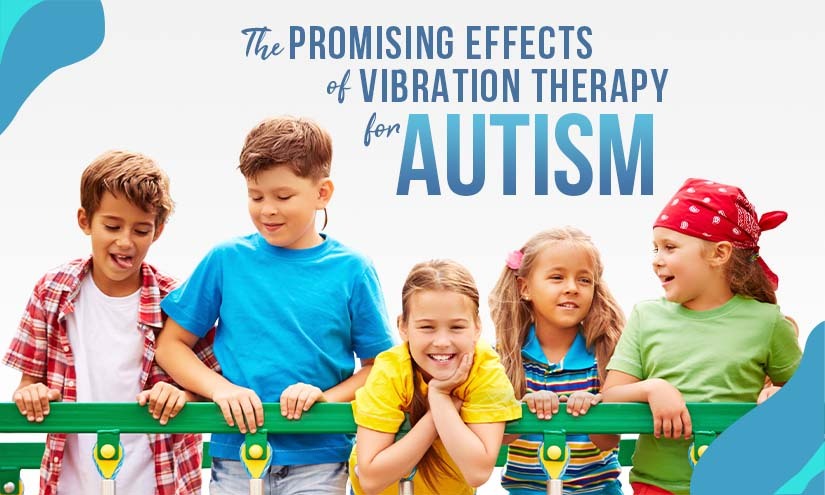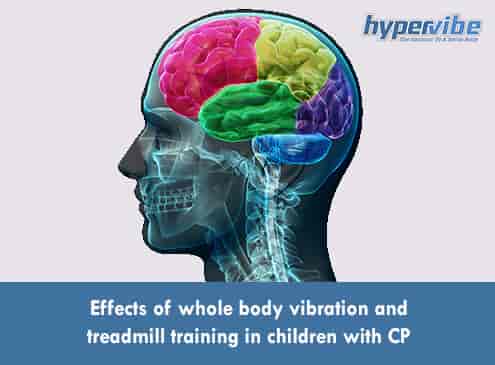Autism Vibrating Toys: Safer Environment to Engage to New Experiences
Autism vibrating toys offer stimulation that is both gentle and engaging, which can be beneficial for those who have special requirements such as sensory processing issues, attention deficit hyperactivity disorder (ADHD), or autism. These exercises can help children feel calmer when they demand more sensory feedback, and they can also enable children who are extremely sensitive to build their tolerance for sensations by increasing their sensory threshold. With the use of autism vibrating toys and other sensory objects, caregivers are able to create a controlled environment that is risk-free for children to play in. This enables children to engage in new activities and express their reactions to them.
What is a sensory toy?
An autism vibrating toy is said to be sensory if it has been specifically made with the intention of stimulating one or more of the senses. Autism vibrating toys that provide a sensory experience may be more appealing to children on the autism spectrum since these autism vibrating toys can assist the child in remaining calm while still providing the desired sensory experience. Sensory toys for children with autism and special needs provide them with one or more of the sensory inputs they need. By stimulating senses such as taste, smell, touch, hearing, sight, movement, and balance, they help keep a youngster physically and mentally engaged. Special requirements during play, sensory objects may feature dramatically contrasting colors, make sounds, or activate two or more senses. The autism vibrating toys can hold children’s attention and can be used as rewards in behavioral analysis programs. Sensory toys are effective fidget toys for people with ADHD since they help concentration and focus. They also assist persons who need to keep their hands occupied in order to pay attention and listen.
What is an autism sensory toy?
The term “sensory toys” refers to autistic vibrating toys that provide a certain form of sensory input, and many children with autism crave this type of stimulation. The autism vibrating toys have the capacity to capture our children’s attention in a variety of ways, including visually as well as tactilely. Because of this capacity, the proper sensory toy can serve as an efficient reinforcer (reward) in treatment programs that are based on applied behavioral analysis (ABA). Some sensory autism vibrating toys are also great fidget toys, and they can help children who struggle with attention deficit hyperactivity disorder (ADHD) and anxiety, as well as in other children who need to keep their hands occupied in order to listen and attend. Other children who need to keep their hands occupied in order to listen and attend also benefit from using these autism vibrating toys. Toys that are elastic or squishy, toys that light up, and toys that spin are among the most popular options for children diagnosed with autism spectrum disorder (ASD).
Do sensory toys help with autism?
Children who are hypersensitive to touch, hearing, sight, or even specific textures may benefit from playing with toys that stimulate their senses. Autism is a disorder that affects a child’s capacity to receive sensory information, which can make it difficult for these children to interact normally with the things around them. These youngsters usually have a heightened sensitivity to the varied textures that can be found in foods, clothing, and other objects. Eighty percent of children with autism spectrum disorder (ASD) displayed at least one sensory symptom, according to a study that was presented in the journal Pediatrics. Early intervention is necessary for autistic children (also known as children with autism spectrum disorders, or ASD) as soon as their symptoms are identified. This is due to the fact that the earlier aid is provided, the greater likelihood there is that it will be successful in assisting these youngsters in overcoming the challenges they face. The optimal duration of sensory treatment is thirty to forty-five minutes per day, five days per week. Talk to your primary care physician or an occupational therapist about the treatment plan that will work best for both you and your child.
What type of sensory input is vibration?
The primary senses that are utilized for the purpose of identifying vibrations are the sense of touch and the sense of hearing. The information that is taken in by the senses is processed by the brain, which then relays a signal to the muscles, telling them how to respond to what has been perceived. As a result of the transfer of information, we are in a position to become aware of sensory impulses originating from either our environment or our bodies, to carry out an analysis of those impulses, and then to react motorically. Because of this, the somatosensory system is the primary focus of the treatment that is provided by vibration. According to the reports that have been compiled, individuals who have been diagnosed with nerve damage, autism, or sensory dysfunction have been shown to benefit from vibration treatment in a number of different ways. These benefits have been shown to be achieved through the utilization of a variety of different techniques.
Vibration Therapy for Autism
Vibrations through the body can be artificially produced and their length can be altered to potentially have beneficial health benefits, such as physiological arousal management equivalent to that seen during severe exercise. According to certain studies, vibration therapy for autism is useful in reducing repeated hand tremors in people with Parkinson’s disease, as well as enhancing bone density and physical mobility in children who are paralyzed. There are two kinds of vibration therapy for autism: excitatory vibration therapy for autism and vibration to active muscles. Let’s take a quick look at each:
- Excitatory vibrations are designed specifically for youngsters with low arousal to provide sensory input and keep them aware. This is more effective when combined with vestibular-input exercises.
- Muscle activation via vibration: Some children have poor muscle tone, and vibration therapy for autism is said to assist turn the muscles on (targeting the proprioceptive system) and may enhance motor skills.
How do you use a vibrating pillow?
The reassuring feeling of vibration is a favorite of many babies who have difficulty regulating their senses. The use of a vibration cushion now makes it possible for you to provide this stimulation to your patient. The moment you give it a little bit of pressure, it will start to vibrate. The vibration can be stopped and the device turned off by merely releasing the pressure that is being applied. The best part is that you won’t have to mess with any cords, remotes, or switches in any way, shape, or form at all! Squeezing it will activate the vibrations, and you won’t even need to worry about complicated operating instructions or switches; all you have to do is squeeze it. Sources: https://www.autismspeaks.org/blog/what-sensory-toy-and-how-do-they-help https://enablingdevices.com/blog/what-are-sensory-items-and-sensory-toys/ https://autismcommunitystore.com/collections/sensory-toys https://zenlaboratory.com/blogs/news/how-sensory-toys-can-benefit-children-with-autism


